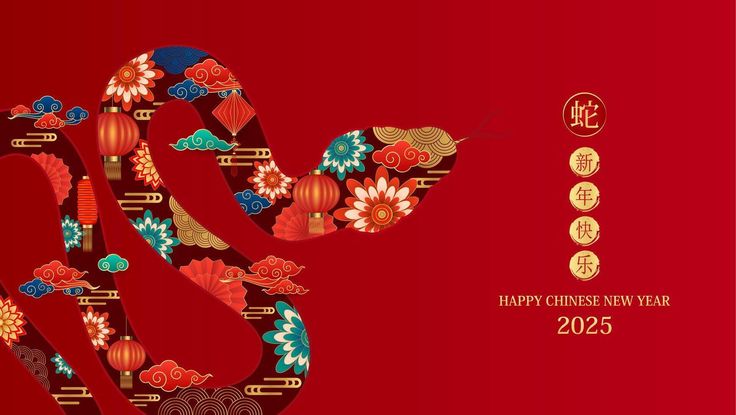July 2, 2025
Golden Anniversary Promo

Chinese New Year, also known as the Spring Festival (春节, Chūnjié), is one of the most significant traditional holidays in China, rich with history and cultural significance. It marks the beginning of the lunar new year, which usually falls between January 21 and February 20, depending on the lunar calendar.
Mythical Origins: The history of Chinese New Year is often linked to ancient myths, with the most famous story being that of the "Nian" (年), a monster-like creature that would come down from the mountains on New Year's Eve to terrorize villages. The villagers discovered that Nian was afraid of loud noises, the color red, and bright lights. As a result, they would decorate their homes with red, set off firecrackers, and light lanterns to drive the monster away. This practice evolved into the customs we associate with the celebration today, including firecrackers, red decorations, and lanterns.
The Importance of the Lunar Calendar: Chinese New Year follows the lunar calendar, which is based on the cycles of the moon, unlike the Gregorian calendar used in the West. The holiday marks the end of winter and the beginning of spring, symbolizing new beginnings, renewal, and the hope for prosperity in the year ahead.
Historical Evolution: Chinese New Year has been celebrated for thousands of years, with roots going back to the Shang Dynasty (1600–1046 BC) when rituals were held to honor ancestors and deities. Over time, these rituals evolved into the grand celebrations we see today, with influences from various dynasties, including the Han and Tang Dynasties.
Reunion and Family Traditions: Chinese New Year is considered a time for family reunions. It’s customary for people to return to their hometowns to celebrate with their loved ones. One of the most important customs is the "reunion dinner" (年夜饭, niányèfàn) on New Year’s Eve, which is a lavish family meal that often features traditional foods symbolizing good fortune, such as dumplings (representing wealth), fish (representing abundance), and rice cakes (symbolizing progress).
Cultural Significance: Each year is associated with one of the 12 Chinese zodiac animals, and the year’s specific animal plays a major role in the customs and traditions of the celebration. People believe that the characteristics of the zodiac animal influence the fortunes of the year. For example, someone born in the Year of the Dragon might be seen as strong, lucky, and full of potential.
Festivities: The Chinese New Year celebration lasts for 15 days, culminating with the Lantern Festival on the 15th day. During this period, people engage in various activities, including giving red envelopes (红包, hóngbāo) filled with money to children and unmarried adults for good luck, setting off fireworks, watching lion dances, and wearing new clothes.
The history of Chinese New Year blends mythology, cultural customs, and family traditions, creating a holiday that is both festive and meaningful. It’s a time for honoring the past, connecting with family, and welcoming the future with hope and good fortune.